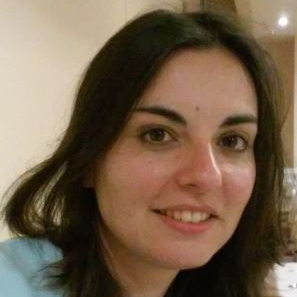Advanced Management of Fog/Edge Networks and IoT Sensors Devices
A special issue of Sensors (ISSN 1424-8220). This special issue belongs to the section "Internet of Things".
Deadline for manuscript submissions: closed (25 March 2024) | Viewed by 8502
Special Issue Editor
Interests: consumption; data centers; scientific workflows; machine learning; soft computing; artificial intelligence; optical communications; cloud computing
Special Issues, Collections and Topics in MDPI journals
Special Issue Information
Dear Colleagues,
Currently, an efficient interplay of the different computing and storage capabilities of Fog/Edge networks and IoT sensor devices is a fundamental challenge that needs to be overcome in order to give rise to the highly-demanded integrated services. In spite of the advances in the separate areas of Fog/Edge Networks (typically associated with Cloud infrastructures) and IoT sensor devices, research in the interplay between these areas is still in its initial stages, and we have a long way to go to achieve their global management and harnessing. Particularly, the incorporation and design of intelligent strategies in the management, analysis, and use of the interconnection and planning of networks by Soft-Computing, Big Data or Machine Learning must be regarded as especially important for a deep transformation of and advancement in current associated technologies. The objective of this Special Issue is to support the study, analysis, and implementation of diverse enabling advances in the field of Fog/Edge networks and IoT sensor devices and their interconnection, such as the improvement of virtualization of applications and microservices in IoT sensor devices and Fog/Edge systems, the compatible integration of containers with the main function and performance of containers in IoT sensor devices and Fog/Edge equipment, the security in Fog/Edge and IoT device transactions with Blockchain technology, the improvement of lightweight virtualization systems for deployment in low-performance nodes, such as sensor devices of Fog/Edge networks and IoT or end users, energy reduction in the different layers of a Fog/Edge and IoT network through knowledge-based strategies, accelerating workflow processing in Fog systems, distributed data storage and Big Data tools, intelligent scheduling for container allocation, etc.
Topics to be covered include but are not limited to the following:
- IoT sensor devices
- Fog Computing
- Edge Computing
- Cloud Computing
- Fog/Edge and IoT Networks Interplay
- Content delivery networks
- Soft-computing
- Big Data
- Machine learning
- Virtualization
- Containers
- Scheduling
- Blockchain
- Energy consumption in computing distributed networks
- Latency-aware application in distributed networks
Dr. Rocío Pérez de Prado
Guest Editor
Manuscript Submission Information
Manuscripts should be submitted online at www.mdpi.com by registering and logging in to this website. Once you are registered, click here to go to the submission form. Manuscripts can be submitted until the deadline. All submissions that pass pre-check are peer-reviewed. Accepted papers will be published continuously in the journal (as soon as accepted) and will be listed together on the special issue website. Research articles, review articles as well as short communications are invited. For planned papers, a title and short abstract (about 100 words) can be sent to the Editorial Office for announcement on this website.
Submitted manuscripts should not have been published previously, nor be under consideration for publication elsewhere (except conference proceedings papers). All manuscripts are thoroughly refereed through a single-blind peer-review process. A guide for authors and other relevant information for submission of manuscripts is available on the Instructions for Authors page. Sensors is an international peer-reviewed open access semimonthly journal published by MDPI.
Please visit the Instructions for Authors page before submitting a manuscript. The Article Processing Charge (APC) for publication in this open access journal is 2600 CHF (Swiss Francs). Submitted papers should be well formatted and use good English. Authors may use MDPI's English editing service prior to publication or during author revisions.






